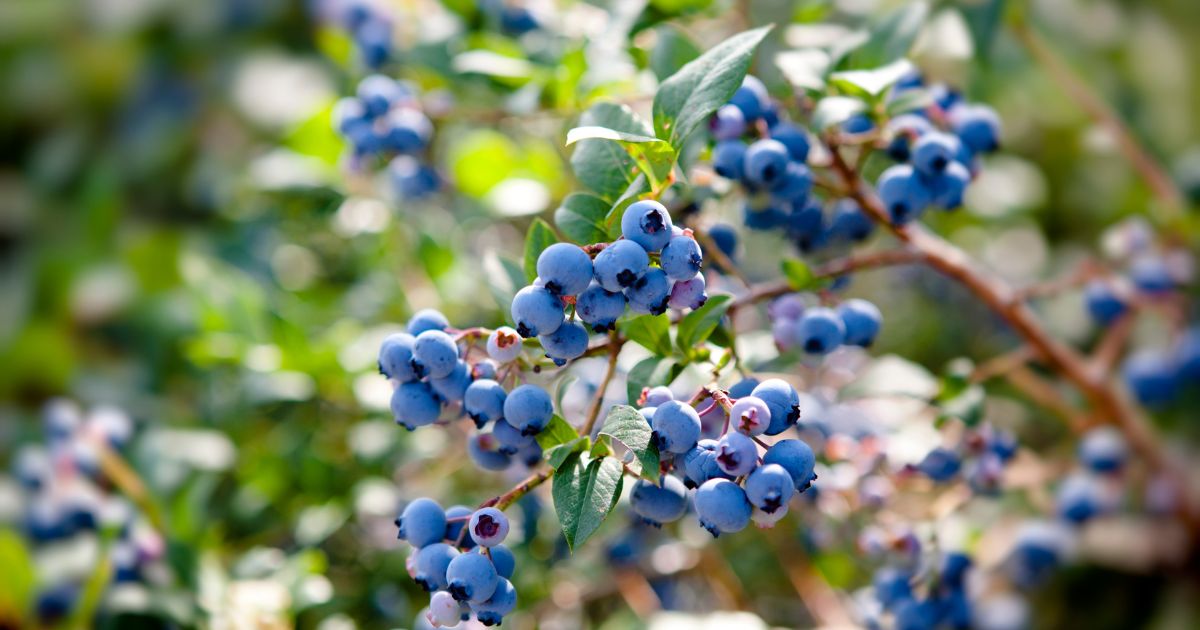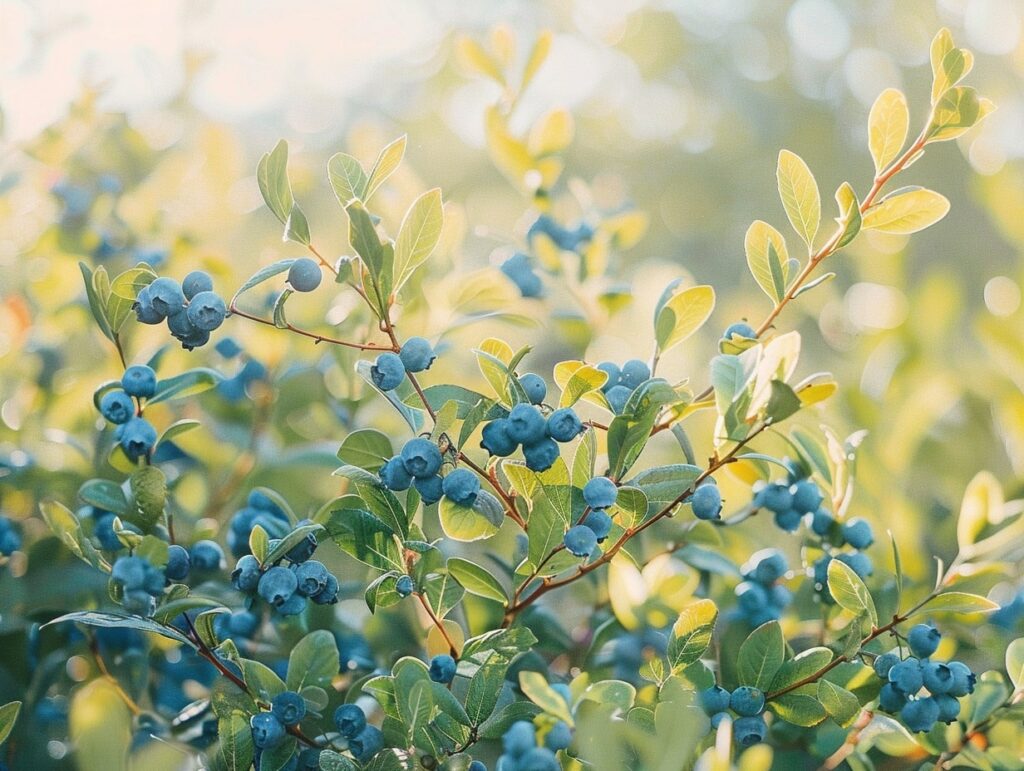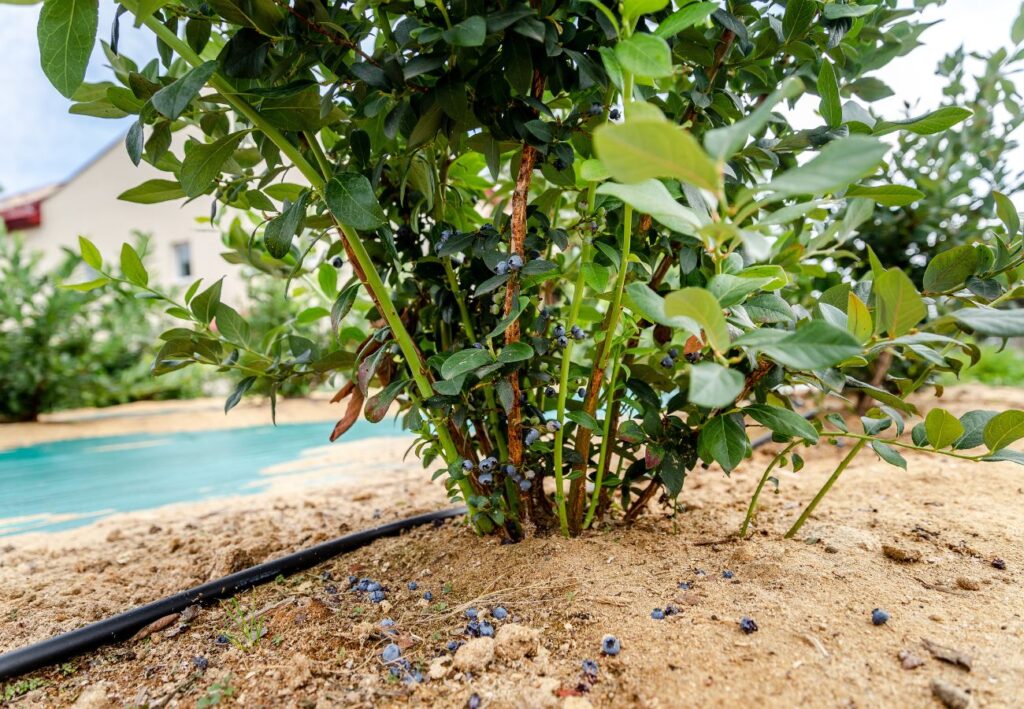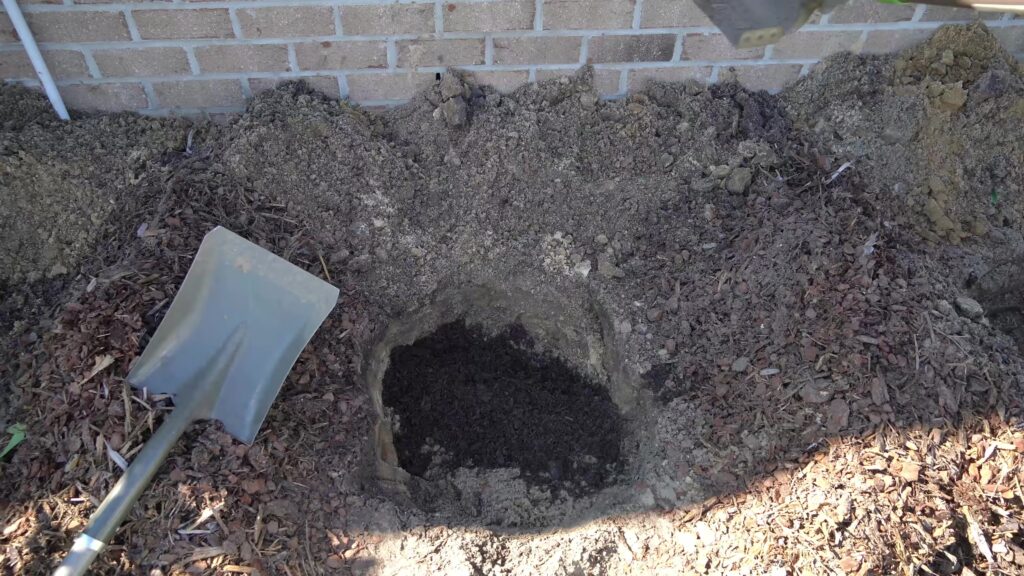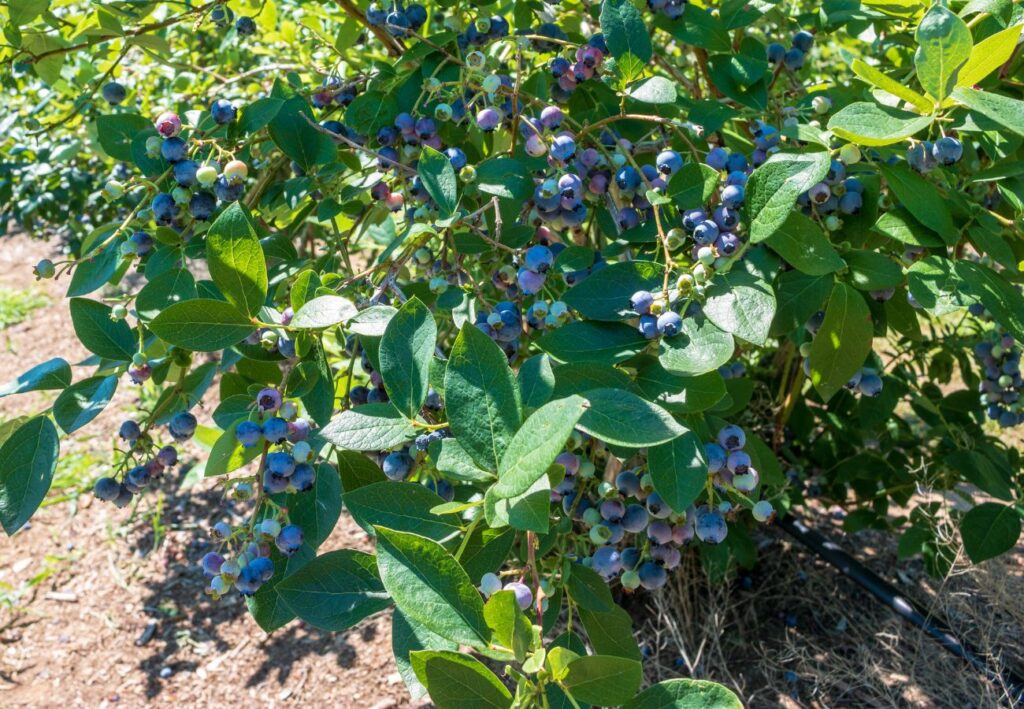Tired of lackluster blueberry bushes and disappointing harvests? Dreaming of a garden overflowing with plump, juicy blueberries that you can enjoy all season long?
Whether you’re a seasoned gardener or a complete beginner, these 8 foolproof tips will transform your blueberry-growing experience.
Not only are blueberries delicious, but they’re also nutritional powerhouses, making them a must-have for any garden and diet.
To ensure your blueberry plants flourish, you need to understand their unique needs. From selecting the right variety to creating the perfect soil conditions, these essential tips will guide you to a berry patch that’s both stunning and productive.
Imagine the pride and satisfaction of picking fresh, home-grown blueberries whenever you desire.
Consistency is the secret to thriving blueberry plants. By following tried-and-true planting and maintenance practices, you’ll enjoy generous harvests year after year.
Ready to turn your garden into a blueberry haven? Dive into these crucial tips and start your journey to blueberry-growing success today.
Getting to Know Blueberries
Blueberries are not only delicious but also packed with nutrients. It’s important to choose the right variety for your garden and understand their nutritional benefits.
Varieties and Characteristics
Blueberries come in several varieties, with the three main types being:
- Highbush: Most common, good for larger gardens.
- Lowbush: Wild blueberries, smaller and hardy.
- Rabbiteye: Best for warmer climates.
Highbush varieties include the popular ‘Bluecrop’ and ‘Jersey’. They grow taller and need more space. Lowbush blueberries are often used for ground cover because they spread. Rabbiteye varieties like ‘Brightwell’ are drought-resistant and have large, sweet berries.
Choosing the right variety depends on your climate and space. Each type has unique requirements for soil, water, and sunlight. Understanding these characteristics ensures you provide the best conditions for growth.
Nutritional Benefits
Blueberries are a nutritional powerhouse. A cup of blueberries provides:
- Vitamin C: Boosts your immune system.
- Vitamin K: Important for bone health.
- Fiber: Helps with digestion.
- Antioxidants: Reduce inflammation and protect against diseases.
They are low in calories but high in nutrients. This makes blueberries an excellent choice for a healthy diet. Regular consumption can improve heart health, lower blood pressure, and enhance brain function.
Adding blueberries to your diet can be as simple as sprinkling them on your morning cereal or blending them into a smoothie. Enjoy their sweet taste while reaping significant health benefits.
Site Selection and Preparation
When planting blueberries, it’s crucial to choose the right location and ensure the soil has the necessary pH balance. Proper site selection and soil preparation will significantly impact the health and yield of your blueberry plants.
Choosing the Right Location
Blueberries thrive in sunny spots that receive at least six hours of direct sunlight daily. Your chosen site should be well-draining to prevent waterlogging, which can harm the roots. Avoid areas where water tends to pool.
Wind protection is also important. High winds can damage the plants and reduce fruit production. Consider using windbreaks like fences or hedges around the planting area.
Additionally, make sure there is enough space for each plant to grow, approximately 4-5 feet apart for highbush varieties.
Soil Requirements and pH Balance
Blueberries require acidic soil with a pH between 4.5 and 5.5. Test the soil using a pH meter or a soil test kit, available at garden centers. If your soil is too alkaline, you can lower the pH by adding elemental sulfur or peat moss.
Ensure the soil is rich in organic matter. Incorporate compost or well-rotted manure into the planting area. Good aeration is key, so avoid compacting the soil. Mulching with pine needles or bark can help maintain soil acidity and moisture.
Regularly check and adjust the soil conditions to keep your blueberry plants healthy and productive.
Planting Your Blueberry Bushes
When planting your blueberry bushes, choosing the right techniques and arrangement is essential for their success. Ensuring proper spacing is equally important to promote healthy growth and productivity.
Best Planting Techniques
Blueberries thrive in well-drained, acidic soil with a pH between 4.5 and 5.5. Test your soil before planting. If needed, amend the soil with sulfur or peat moss to achieve the desired pH level.
Choose a location that receives at least six hours of sunlight per day. Dig a hole that’s twice as wide and just as deep as the root ball of your blueberry plant. Place the bush in the hole and spread the roots out gently.
Backfill the hole with the amended soil and water thoroughly to settle the soil around the roots. Mulch around the base with pine needles or wood chips to retain moisture and suppress weeds.
Spacing and Arrangement Tips
Proper spacing is crucial to ensure your blueberry bushes have enough room to grow. Space each bush about 4 to 5 feet apart, which allows for good air circulation and reduces the risk of disease.
If you’re planting multiple rows, space the rows about 8 to 10 feet apart. This arrangement facilitates easy movement between rows for maintenance and harvesting.
Consider planting different varieties to encourage cross-pollination. This can lead to larger berries and increased yields. Label each variety and track their growth patterns for optimal care.
Blueberries are most productive when arranged in a sunny location with good airflow. Proper planning during planting ensures you’ll have a bountiful harvest for years to come.
Maintaining Healthy Plants
To ensure your blueberry plants thrive, focus on providing adequate water and regular pruning. These practices help maintain strong, productive bushes.
Watering and Mulching
Blueberries prefer consistently moist soil. Water them deeply once or twice a week, checking that the soil remains moist but not soggy.
Tip: Use a soaker hose to water at the base and reduce evaporation. Mulching with organic materials, such as pine needles or bark, helps retain moisture and suppress weeds.
Apply a 2-4 inch layer around the base. Avoid using materials like hardwood bark that raise soil pH.
Pruning and Harvesting
Pruning is crucial for promoting air circulation and sunlight penetration. During late winter or early spring, remove dead, low-hanging, or crossed branches. This prevents diseases and encourages new growth.
When harvesting, wait until the berries are fully ripe. Ripe blueberries are deep blue and easily detach with a gentle tug. Harvest regularly to encourage more fruit production.
Protecting Your Blueberries
Ensuring the health and productivity of your blueberry plants involves effective pest control and disease prevention. Utilizing these strategies helps safeguard your investment and yields a plentiful harvest.
Pest Control Strategies
Blueberry bushes attract numerous pests that can cause significant damage if left unchecked. Birds are common culprits, often swooping in to feast on ripening berries.
Deploying bird netting over your bushes provides a physical barrier that effectively keeps them out. Scare devices like reflective tape or owl decoys might also deter birds but are less reliable than netting.
Insect pests such as the blueberry maggot and spotted-wing drosophila can harm your crop. Regularly inspect your bushes for signs of infestation, including small holes in berries or wilting leaves.
Applying organic insecticides like neem oil or insecticidal soap can help control these pests. Setting up sticky traps nearby can also reduce insect populations by capturing adults before they lay eggs.
Maintaining a clean garden is crucial. Remove any fallen leaves or berries, which can harbor pests, and keep the area around the bushes weed-free. Mulching with pine needles or sawdust not only conserves moisture but also discourages pests from settling in.
Disease Prevention
Blueberry bushes are susceptible to various diseases that can affect their growth and fruit production. Fungal diseases such as mummy berry and powdery mildew thrive in humid conditions.
Regularly inspect your plants for symptoms like discolored leaves, white powdery coatings, or shriveled berries.
Pruning your bushes to promote good air circulation helps reduce the likelihood of fungal infections. Ensure that plants have enough space between them and trim out any overlapping branches.
Applying fungicidal sprays can also provide protection, especially during wet seasons.
Bacterial diseases like bacterial canker can be prevented by using disease-free planting material and implementing proper sanitation practices.
Sterilize your pruning tools before and after use, and avoid working in the blueberry patch when it’s wet to prevent spreading pathogens.
Maintaining healthy soil is essential for disease prevention. Blueberries thrive in well-drained, acidic soil. Regularly test your soil’s pH and amend as necessary with sulfur to maintain an optimal pH level of around 4.5 to 5.5.
Proper irrigation that avoids wetting the foliage can also minimize disease risks. Ensure you water at the base of the plants early in the day.
By following these 8 foolproof tips, you can transform your garden into a thriving blueberry haven. With the right variety, proper soil conditions, and consistent care, your blueberry bushes will reward you with bountiful harvests year after year.
Embrace the journey of growing your own nutrient-packed, delicious blueberries, and enjoy the satisfaction of picking fresh berries straight from your backyard.
